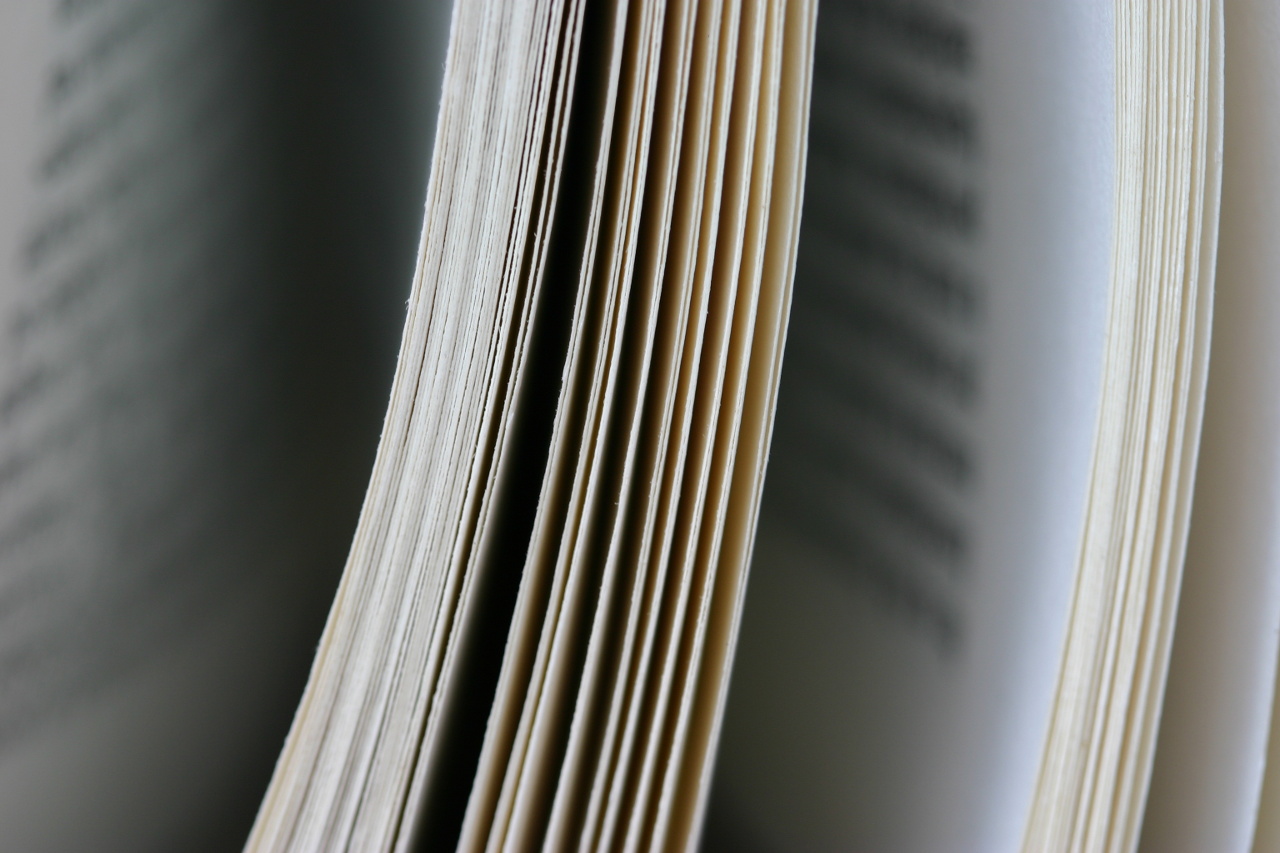I’ve had many people recently ask for help writing a book, so I’ve started this little blog series to outline the process. We’ve covered the first step. Here’s the second step for book writing.
Brainstorming
Sit down with a piece of paper or your iPad, or whatever it is you like to use to make notes, and start putting down everything that you know around the book’s topic and everything you would like to have in your book. Because you would have already established why you’re writing your book, you would have established a theme, purpose or the book’s main topic.
I mean everything. This doesn’t have to be ordered, it just needs to be recorded somewhere. If you’re writing fiction, begin putting down some ideas you have for characters, some scene ideas (more on this below), anything that pops into your head. Maybe you know what your main character is going to look like? Well, begin to put that on paper. Does he have a scar on his cheek? Well, add that. Then start thinking why he has this scar. Maybe his evil nemesis cut his cheek in a row when they were kids? Well, we’re starting to build this character and even a plot line for your book.
If you’re writing a non-fiction book, put down everything you know and every reference you can think of. You might have read a book that influenced you greatly in the topic. Write it down. Write down the chapter or passages that influenced you. Write down everything you know or would like to know – so everything you’re going to research. Put every insight, thought or question down that you can think of.
Questions are a big deal. With non-fiction books, you’re usually looking to answer someone’s questions in the topic you’re handling. Write down every question you have (or had) and every question someone might ask you. These questions (perhaps not all, but most of them) are the questions you’re going to be answering in your book.
Some people get frustrated here because they’ll say to themselves, “But how am I going to put these thoughts and ideas together?” or “How am I going to put all these scenes together?” Don’t worry about that now, all you’re doing is brainstorming your book and the sky is the limit at this stage.
For fiction
If you’re writing a fiction book, you want to brainstorm these specific ideas:
- Setting (A fantasy world? Chicago, 1938? An island? World War II?)
- Main characters (What do they look like? What accent do they have? Are they married? Will they never get married? Etc.)
- Scenes
Maybe you’ve got a vivid scene in your head where your main character is fighting a giant goat-headed eel that’s just appeared out of a sewer in New York. Well, jot this one down. But maybe it doesn’t relate to another scene you have where your hero is kissing his girl slo-mo on the edge of a building and in the background the whole city is tumbling to pieces. So what? Put them both down. There are two awesome ideas right there.
- BASIC plot
You want some ideas as to your plot, but you don’t have to have everything sorted just yet. If all you have is, “A guy walks into a bar and is able to blow up bottles just by looking at them and frowning,” and you’ve got a couple of cool scenes where he’s going to be doing this, then just get your scenes down. We can start building the plot in more detail in the next phase.
Forget about what anyone else would think
The idea is to get as much down as possible. We can start to build bridges between your scenes and ideas once we get into the next step. But for now, write, write, write. You may even want to write a scene in detail. You want to feed the muse, as it were, and just go for it. It doesn’t matter what it sounds like. Don’t get bogged down with it sounding ‘stupid’ or ‘lame’! No one else is reading it! Get it down so you can understand it. There are no bad ideas in brainstorming, they say, and you’re brainstorming with yourself so who cares what anyone else thinks?
So, step one: Why are you writing a book?
Step two: Brainstorm your book.

